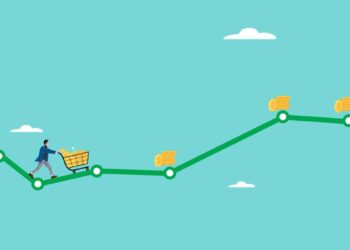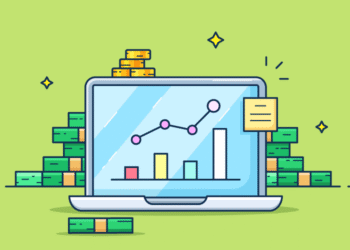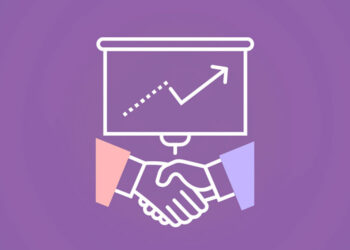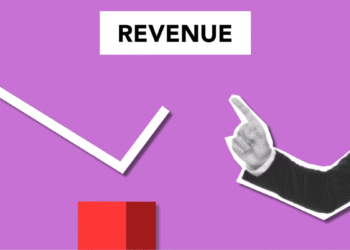Back in the early days of my digital shop, I sold online templates and mini-courses.
I swore I’d keep everything “clean and honest.” No sales tricks. Just good products and clear pricing. Then I watched someone buy one of my $17 ebooks. And literally five minutes later, they emailed asking if I had a video walkthrough to go with it.
I did. But I hadn’t offered it.
That moment hit me like a brick. I wasn’t being ethical — I was being inefficient. The customer wanted more, and I gave them nothing. That’s when I realized upsells aren’t annoying — they’re service when done right. That’s a lesson I wish I’d learned earlier from these successful upsell strategies that actually worked.
Since then, I’ve tested dozens of limited-time upsell offers, and let me tell you — when you combine the right offer with a ticking clock? Game-changer.
What Makes an Upsell Work? (and What Doesn’t)
Here’s what I’ve learned through trial, error, and a whole lotta checkout page rewrites:
-
The upsell must be relevant. Don’t offer a Pinterest course to someone buying a Canva template.
-
Scarcity isn’t shady — it’s smart. But only if it’s real. I use 15-minute timers on post-purchase upsells.
-
Keep it simple. One offer. One button. No dropdowns, no choices.
-
Price matters. My sweet spot? 50–60% of the original product. If someone buys at $29, offer an upsell at $14–19.
-
Copy counts. Use phrases like “Want the shortcut?” or “Make this easier?” instead of “Buy this now!”
If you want to level up your messaging, learn how to write high-converting upsell copy that gets results without sounding pushy.
My Top-Performing Limited-Time Upsell Examples
Here are a few upsells that worked better than I expected — feel free to swipe or tweak ’em:
-
Mini-course after an ebook: When someone bought my $17 ebook on launching a digital product, I offered a $12 upsell: a 30-minute recorded tutorial showing how I did it.
-
Swipe file after a template pack: Sold a template for $27. Offered a private swipe file of real examples + captions for $9, but only available for 20 minutes.
-
Workshop replay add-on: After someone bought a digital planner, I pitched a replay of my productivity workshop for $15 (regular price $37). Added urgency with: “Get it now before the page refreshes.”
-
Done-for-you version: One of my best ones. Sold a Notion template, then upsold a fully customized version (delivered in 48 hours) for $97 — but only during checkout.
How I Set Up the Countdown Timer? (Without Tech Drama)
Look, I’m not a coder. Most days I’m just duct-taping Zapier, Payhip, and ConvertKit together and hoping nothing breaks.
But for limited-time upsells, timers are everything. Here’s how I’ve set it up:
-
Payhip: I use their “post-purchase redirect” to take customers to a private upsell page after checkout.
-
Countdown script: I added a free embeddable timer (like CountdownMail or MotionMail) directly to the page.
-
One CTA button: “Yes, I want this” → direct Payhip product link with auto-checkout on.
For an even smoother experience, I recommend implementing one-click upsells. It reduces friction and can seriously increase conversions — especially when the buyer’s already in the zone.
Mistakes I’ve Made (So You Don’t Have To)
Let me save you some pain, yeah?
-
I once tried offering three upsells in a row. Conversion tanked. People got annoyed. Keep it to one.
-
Tried using a fake “limited” timer without actually expiring the page. Someone caught on and emailed me. Ouch.
-
Offered an upsell with zero product image or proof. Low trust = low sales.
-
Used passive language like “You could add this.” No urgency. No sales.
If you’re still unsure how to craft your offers, look into the psychology behind successful upselling. It’s not just about selling — it’s about understanding how your customer thinks in the moment.
Final Thoughts: Why Limited-Time Upsells Work So Well?
People love momentum. When they’re in a buying mindset, that little extra push — especially with a real deadline — can tip them over into one more “yes.”
A limited-time upsell isn’t just about squeezing out more revenue. It’s about giving customers more value while they’re already excited.
Start small. One product. One bonus. One timer. Watch the conversions. Tweak. Grow.
And if you mess up the first time? No worries. I sure did.
But now? Upsells are 20% of my monthly revenue and that’s not from guessing. It’s from strategy. I refined most of my setup by learning how to create automated upsell funnels on Payhip. Game-changer stuff, truly.
All from offers I almost didn’t make.







